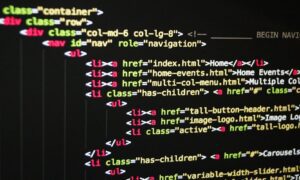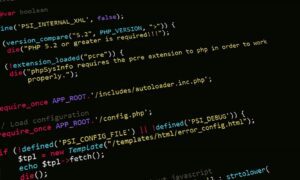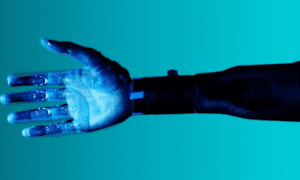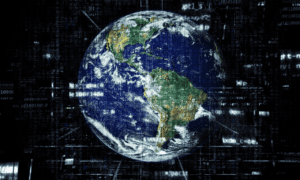Cities are becoming highly populated and more urbanised. More people are living closer together and changing climate trends are providing more threats to citizens. Congested roads, bottlenecks and the efficiency of public services are all issues that are of growing concern for modern cities.
Cities are having to adapt to these trends. They have to do this quicker than ever. Increasingly those responsible for managing how cities are run and controlled are looking towards big data to help solve these problems.
With the increased digitisation of cities, connected devices, sensors and improved ability to capture and analyse data it is becoming easier to understand and predict the trends that are affecting the average citizen’s life.
Crowd control, transport
Big data is helping to make traffic jams a thing of the past. By identifying patterns in congestion and using these to assist transport authorities is providing intelligent ways to monitor and manage transport in large cities.
Smart navigation systems have the potential to continuously monitor the roads and can transport this data to a central control centre. This helps to provide real-time information on accidents, traffic jams or even emergency services and their movements.
This data can be used to redirect routes in real-time. It can be broadcast live to people’s devices to help understand quickly what is happening around citizens and which areas are better to avoid.
Plotting data around accidents can help to identify trends and implement new controls to minimise the number of accidents in a given location.
Movement data can help identify where public transport is overly strained and where new routes can be implemented to reduce congestion. Smarter public transport will run on real-time data, and could potentially be automated.
Data is a powerful resource to identify parking loggerheads in real-time and can help to redirect traffic to different areas.
Security and public safety
Big data analysis can determine the most likely caused by crime and can visualize this in different areas of cities.
Data enabled cities make it easier for crime-fighting initiatives. Data is utilized to identify high-crime areas. Being smarter in this area allows cities to be better at predicting and preventing crime before it actually happens.
This allows emergency services to redistribute patrols accordingly in order to address areas where crime is more likely to occur at any given time.
Multiple data sets can combine to help manage city crises, such as widespread city disasters or natural disasters. By combining sensor data on weather patterns and combining this with population movement and trends cities can be smarter and more effective at dealing with disasters.
Big data is valuable at different stages of this process – from prediction and prevention, mitigation, response and recovery.
Planning and effective spending
Sensor-driven technology provides an incredibly rich picture of how cities move and behave. This is valuable for city planners because it provides a new view of cities, where different systems can be understood together.
Big data helps identify areas where housing upgrades are needed. It is providing insights into live house pricing and regional differences. This is one way in which big data has the potential to reorganise markets to better suit the average citizen.
The increased sourcing of data from sensors is allowing the government to improve the services it offers its citizens. From taxation to garbage collection, the influx of large data sets provides huge potential for more efficiency from each tax dollar.
A lot of the dialogue around city planning and smart cities is based around the improvement and delivery of these services whilst engaging the population.
Pollution and sustainability
Big data carries huge potential in city planning and is helping to determine policy. Data is being used to understand how transport is used and to plan the development of new systems that will redefine the cities where we live.
Big data has fundamentally different properties from traditional datasets, being generated and processed in real-time, exhaustive in scope, and having a finer resolution.
This provides the potential to increase a citizens quality of life. Using data to inform the collective management of a city’s resources can help to optimize policy and plan transportation.
One study that comes to mind is the Alan Turing Institute which has partnered with the Mayor of London to combat air quality in London. These data projects are interesting because they can provide unique insights which can be combined with other data sets, such as movement data, to potentially inform policy decisions that can have a profoundly positive effect on the quality of life in a city.
Summary
Big data is having a powerful effect on the way that cities are managed. More data is available and city authorities are becoming smarter at using this data in a centralised way.
This is changing the potential of what services in a city can do. There are many examples of the benefits that data-driven cities can bring to its citizens.
The next stage is ensuring that those in charge can access data seamlessly to provide deeper analysis to recognise patterns that can improve the efficiency of city services.
As cities become more populated cities will need to adapt by integrating big data and interconnected technology to continue to provide citizens with safe comfortable and cost-effective places to live.
James Owen | Tamoco
Tamoco is making accurate data accessible for all. Our global network provides businesses, organisations, marketers and developers with access to the leading source of precise, real-time data. We’re enabling businesses to build better products, understand audiences and make better business decisions by using powerful mobile device data.



















































